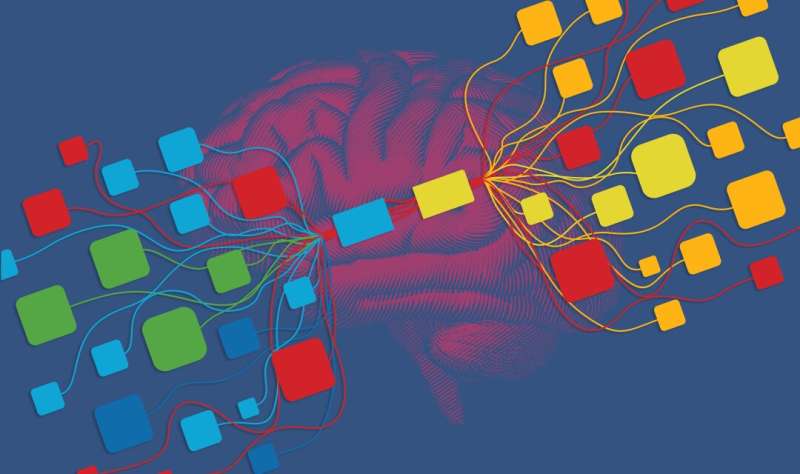Novel method aims to demystify communication in the brain

From sunrise to sunset, the flow of communication across brain areas helps to facilitate every move we make. Seeing, hearing, walking, and singing, for example, are made possible by interactions between large collections of neurons that fire simultaneously in our brains. Collaborators from Carnegie Mellon University, Albert Einstein College of Medicine, and the Champalimaud Foundation have teamed up for more than a decade to better understand the flow of communication in the brain using state-of-the-art experimental and statistical methods. Their latest win is a brand-new statistical method, Delayed Latents Across Groups (DLAG), that disentangles signals relayed between brain areas, even when the communication between brain areas is bidirectional.
"The method that we've developed, DLAG, fits within the broader category of machine learning or statistical methods that are examining high-dimensional neural signals. The novel aspect is to identity activity patterns that are shared across different brain areas," said Evren Gokcen, a graduate student in electrical and computer engineering at Carnegie Mellon.
"For decades, studies have focused on recording one or a handful of neurons from one brain area at a time. But with advances in neural recording technology, the bottleneck has shifted to being able to analyze and interpret recordings of large populations of neurons from multiple brain areas."
It is generally believed that tasks in the brain are accomplished by neurons changing their activity together. An activity pattern refers to the specific ways neurons coordinate their activity with each other. One challenge with identifying activity patterns involved in communication between brain areas lies in the fact that this communication usually occurs bidirectionally and concurrently. The neural recordings in turn display a tangled view of communication.
"To make progress in disentangling communication, we have leveraged a simple insight: You can't send signals instantaneously; it takes some amount of time for information to travel," explained Gokcen. "Video conferencing is a great point of reference when thinking about a delay in communication; it's similar in the brain. With DLAG, we leverage that time delay, so if the signal first appears in area A and then area B, then we take that as meaning area A sent the signal to area B. Using the DLAG method, we can tease apart concurrently relayed signals."
Looking at the bigger picture, DLAG could be applied to other neuroscience applications, such as understanding the interaction between different cell types (for example, between inhibitory and excitatory neurons) or between different layers of the brain.
"The introduction of DLAG is like introducing a scalpel to gain potentially deeper insights about how brain areas communicate with each other," says Byron Yu, professor of biomedical engineering and electrical and computer engineering. "In conjunction with this paper, we're making our source code available to others in the scientific community. DLAG can be used to study additional brain systems outside of the visual system where we focused, for example to study memory, decision making, and motor control."
The paper is published in Nature Computational Science.
More information: Byron Yu, Disentangling the flow of signals between populations of neurons, Nature Computational Science (2022). DOI: 10.1038/s43588-022-00282-5



















